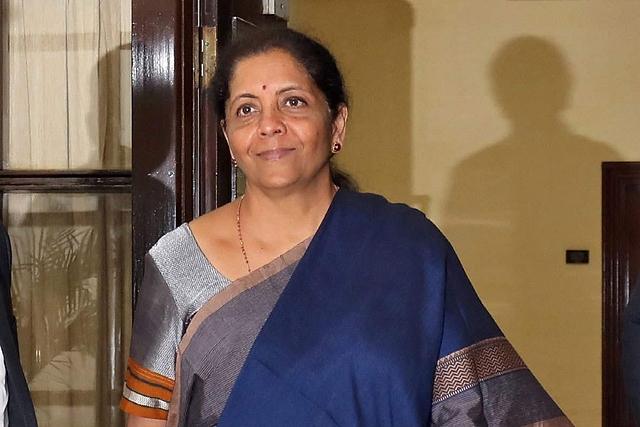
Government Needs To Frontload Bank Recapitalisation To Speed Up Rate Transmission And Credit Growth
The Union budget 2019-20 made a provision of Rs 70,000 crore for bank recap, but if this amount is going to be backloaded, few banks will start growing the credit book quickly enough to restart the credit cycle and help revive investment.
While announcing a repo rate cut of 35 basis points on Wednesday, Reserve Bank of India (RBI) Governor Shaktikanta Das made two points: one, that this unorthodox rate cut was recognition of the fact that a 25 basis points (bps) cut may have been too little, while 50 bps could have been too much. (One bp is one hundredth of one per cent).
Second, he hoped that banks will pass on the rate cuts to borrowers, so that it improved business sentiment.
Two observations are worth making. The Monetary Policy Committee (MPC) did the right thing by cutting more than what the market expected, but to presume that 35 bps was somehow better than 25 or 50 bps is difficult to comprehend.
Choosing a middle point is a signal of caution, but it does not really move the sentiment significantly. Bigger rate cuts were warranted even earlier, and the fact that some of the excess caution on inflation earlier is now being corrected is welcome but hardly significant. When rate cuts come too little, too late, they are of little help, for the economy is now in deeper trouble.
As for the other observation, that banks should pass on the rate cuts fully to borrowers, it is not something the RBI can do anything about. Banks will cut rates when their funding costs come down, and also when their bad loans are a distant nightmare. No bank is going to lend adventurously unless its appetite for risk returns, and this needs faster recapitalisation of banks, not drip dosages.
The Union budget 2019-20 made a provision of Rs 70,000 crore for bank recap, but if this amount is going to be backloaded, few banks will start growing the credit book quickly enough to restart the credit cycle and help revive investment.
Two further truths need stressing. The private sector invests based not only on the cost of funds, but on the prospects for profitability based on prices and demand. If you borrow at 10 per cent and returns are well above that, corporates will borrow to invest. If rates fall to 7 per cent but margin possibilities are around the same level, even lower rates will not prompt corporations to invest in new capacity.
At a time when consumption demand is weak in many sectors, government will probably have to continue playing the role of main investor, but this can’t be done by expanding the already high real fiscal deficit even more. The only logical way to raise resources for public investment is to put up lots of existing assets for sale so that foreign money can make up for the shortfall in domestic savings and lack of animal spirits.
The world is awash with excess capital, and one way to entice foreign capital is to offer long-term forward cover at reasonable rates – which means government or RBI subsidising the forward rates to some extent for, say, the next three years. Once the flows begin, these special subsidies on forward cover can slowly be withdrawn. You need to prime the pump when foreign confidence is low.
To sum up: banks will pass on rate cuts if government recapitalises them quickly. And two, assets like highways, land, airports, pipelines and electricity grids can be sold for 20-year tenures to foreign bidders keen on annuity incomes. NITI Aayog is said to be working on such ideas. This money can then be used to boost government investment in infrastructure, which, in turn, will put money in the hands of business to start investing themselves in new capacity.